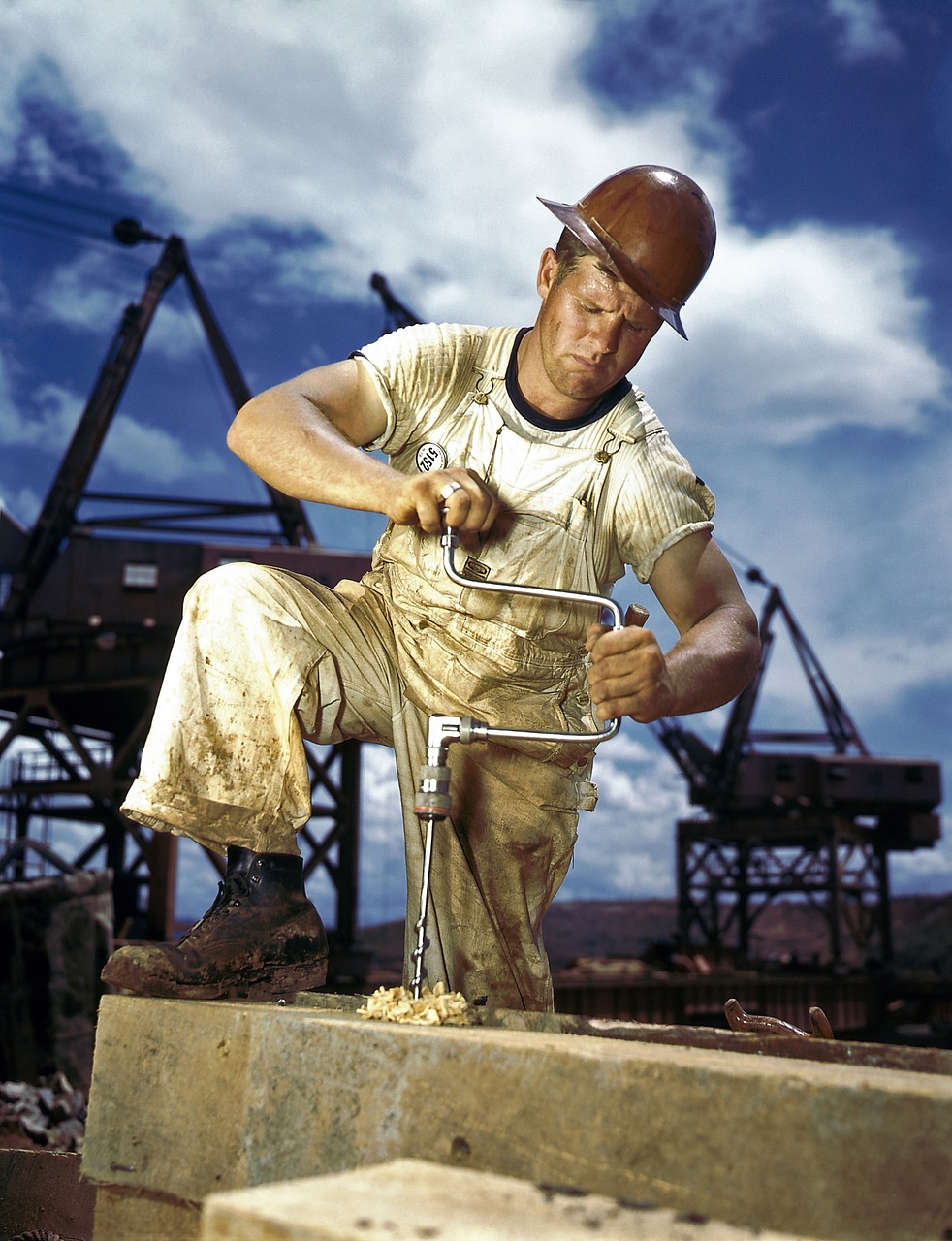Architectural cladding suppliers play a crucial role in the construction industry by providing materials that protect buildings while enhancing their appearance. These suppliers offer various metal, aluminum, and composite panels designed for durability, weather resistance, and aesthetic appeal. Their products often support both interior and exterior applications, meeting diverse architectural needs.
The primary value architectural cladding suppliers bring is delivering high-quality, customizable solutions that balance functionality and design. They collaborate with builders and architects to ensure the cladding meets specific project requirements, from energy efficiency to fire resistance.
Beyond supplying materials, many architectural cladding specialists assist with design, engineering, and installation, helping projects run smoothly and meet regulations. Their expertise makes them key partners in achieving safe, sustainable, and visually appealing building exteriors.
Choosing the Right Architectural Cladding Suppliers
Selecting a supplier involves careful evaluation of product quality, technical expertise, and the ability to meet project timelines. The supplier’s experience and capacity to customize solutions play critical roles. Reliable delivery and support services also affect project success.
Assessing Material Quality and Certifications
Material quality is the foundation of durable and functional cladding systems. Suppliers should provide products that meet recognized industry standards and certifications for fire resistance, weather durability, and environmental compliance.
Certifications like PEFC for sustainable timber or non-combustible ratings for metal cladding offer assurance of safety and longevity. It is essential the material matches the specific building requirements, including insulation and moisture protection. Suppliers able to present material test results and compliance documentation demonstrate transparency and reliability.
Supplier Experience and Portfolio
The supplier’s track record reflects their ability to handle projects similar in scale and complexity. Reviewing completed projects and client testimonials offers insight into their workmanship and problem-solving skills.
Experienced suppliers often have established relationships with manufacturers, ensuring access to the latest materials and technology. They can anticipate potential challenges in installation or maintenance. A robust portfolio with diverse project types signals adaptability and expertise.
Customization and Design Support
Architectural cladding often demands tailored solutions to meet aesthetic and functional goals. Suppliers offering design assistance and technical consultation can help optimize material selection and installation methods.
Customization includes options in material finishes, colors, and panel sizes. Suppliers with in-house design teams or strong partnerships with architects enable seamless collaboration. Early involvement in project planning reduces risks and improves final outcomes.
Lead Times and Delivery Options
Timely delivery is crucial to maintain construction schedules. Reliable suppliers provide clear lead times and flexible logistics options suited to the project’s requirements.
Understanding stock availability versus made-to-order items helps manage expectations. Some suppliers offer just-in-time delivery or staged shipments to match site progress. Efficient communication about shipping status minimizes delays and cost overruns.
Key Considerations for Building Projects
Choosing architectural cladding suppliers involves evaluating several critical factors. These include environmental impact, financial planning, and adherence to construction regulations. Each affects project outcomes and long-term performance.
Sustainability and Eco-Friendly Options
Sustainability is increasingly important when selecting cladding materials. Suppliers offering eco-friendly products help reduce a building’s carbon footprint. Materials like recycled metal, timber from certified forests, and low-emission composites are preferred choices.
Energy efficiency is another aspect. Some cladding systems improve insulation, reducing heating and cooling needs. This contributes to lower operational costs and supports green building certifications like LEED or BREEAM.
Suppliers should provide transparent information on the sourcing and recyclability of materials. This enables architects and contractors to meet environmental goals without sacrificing durability or aesthetics.
Cost Factors and Budget Planning
Cost remains a central consideration for most projects. Cladding suppliers must offer competitive pricing without compromising quality. Initial material costs should be balanced against installation expenses and long-term maintenance.
It’s essential to factor in potential price fluctuations due to market conditions or supply chain disruptions. Bulk purchasing or establishing long-term contracts can help stabilize costs.
Budget planning should also include warranties and after-sales support. Reliable suppliers provide clear pricing structures and assist with cost-effective solutions tailored to project specifications.
Compliance With Industry Standards
Meeting building codes and industry standards ensures safety and legal compliance. Cladding materials must comply with fire resistance, weatherproofing, and structural integrity requirements specific to the project’s location.
Suppliers should certify that their products conform to national and international standards, such as ASTM, EN, or ISO. This documentation facilitates smooth approval processes and reduces risk during inspections.
Verification of compliance extends to installation methods. Trusted suppliers often offer technical guidance or certified installer networks to guarantee correct application aligned with regulatory demands.







Leave a Reply